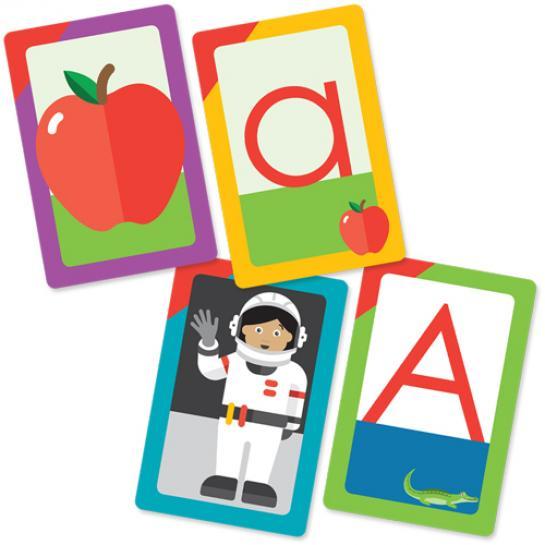Sound Walls vs. Word Walls
Sound walls and word walls are two different educational tools with distinct benefits for language development and literacy enhancement.

Phonemic Awareness: Sound walls focus on individual phonemes (the smallest units of sound in a language) and their corresponding graphemes (letters or letter combinations). This helps students become more aware of the sounds in words and how they are represented in writing.
Letter-Sound Correspondence: Sound walls facilitate the understanding of the relationship between letters and sounds, which is crucial for decoding and encoding words during reading and writing activities.
Spelling Support: By organizing and displaying phonemes and graphemes, sound walls aid students in improving their spelling skills and reinforce the connection between sounds and letters.
Phonics Instruction: Sound walls are an effective tool for teaching phonics, which is essential for early reading instruction.
Scaffolding for Emergent Readers: For emergent readers, sound walls provide support and visual cues to identify and distinguish different sounds in words, leading to improved reading fluency.
Vocabulary Expansion: Word walls focus on displaying high-frequency and important words, fostering vocabulary development and word recognition.
Visual Reference: Word walls create a visual reference of words that students can refer to during reading and writing tasks, reinforcing their spelling and reading abilities.
Language Immersion: Word walls immerse students in a print-rich environment, helping them internalize spelling patterns and common word structures.
Writing Assistance: Word walls inspire students to use new words in their writing, leading to more sophisticated language use and communication skills.
Word Relationships: Word walls can be organized thematically or by word families, helping students grasp the relationships between words and their meanings.
In summary, sound walls primarily focus on phonemic awareness, letter-sound relationships, and phonics instruction, while word walls center around vocabulary expansion, writing support, and word relationships. Both tools serve as valuable aids in the classroom to enhance language and literacy skills, and teachers often use them together to provide a comprehensive language learning environment.
